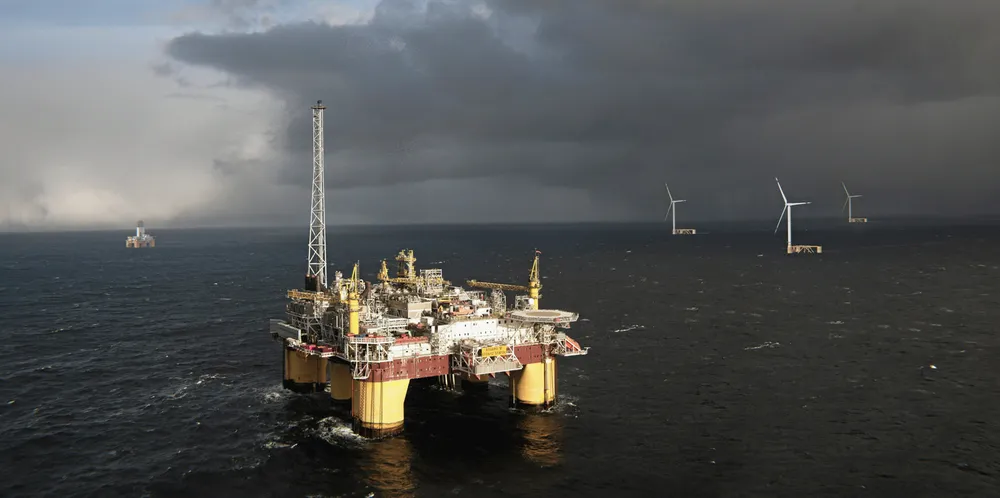Scotland raises sails for offshore wind-powered oil & gas leasing in net zero mission
Leasing for sub-100MW projects, expected to major on floating arrays, to open to bids 'early in 2022', says Crown Estate Scotland

Scotland is shaping up plans to launch a new, standalone offshore leasing round targeting smaller-scale floating wind farms linked to North Sea oil & gas fields, as part of accelerating plans to decarbonise hydrocarbon production in its waters.
“This is an exciting development for the offshore wind sector which can play an important role in supporting the decarbonisation of Scotland’s oil & gas sector as we work towards net zero,” said Colin Palmer, director of marine at CES.
Oil & Gas Authority director of operations Scott Robertson said: “This is a big opportunity for industry to lower its carbon footprint while investing in offshore infrastructure to support the faster growth of wind power in Scottish waters, all contributing to UK net zero.
CES sees the leasing programme as key to developing Scotland “as a destination for increased innovation and supply chain opportunities linked to offshore renewable energy”, as well as helping define the role that offshore wind could play in shrinking the carbon footprint of North Sea hydrocarbon production, which currently accounts for 4% of the UK emissions.
CES said a further announcement would be made “outlining additional information” on the leasing process in November.
The head of renewable industry body Scottish Renewables, Claire Mack, welcomed “new systems [that would] allow Scotland to capitalise on its renewable energy resource", she urged the government “to continue to focus as a country on our net-zero mission, and on the economic and social benefits which meeting that target with renewable energy will bring”.
“Both CES and Marine Scotland already play vital roles in the development of our industry and it is important that they are supported as the demands on them increase, particularly at a time when ScotWind leasing – the process through which the majority of our offshore wind power will be developed – remains a live process.”
She spotlighted that the “equivalent of almost all Scotland’s electricity consumption is now provided by renewable technologies”, including wind, saying it was “imperative” that legislation and regulations focused on decarbonisation using renewable energy were “optimised to that end”.
(Copyright)